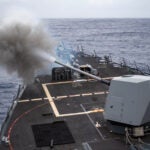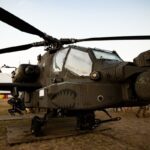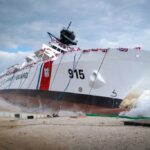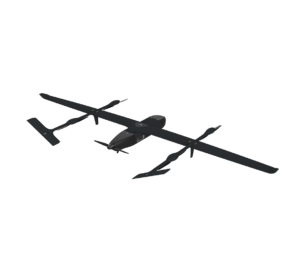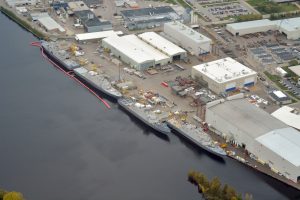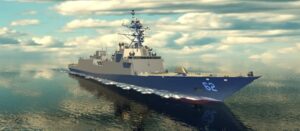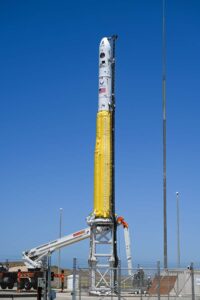
BARKSDALE AFB, La.--As the United States and Iran remain at loggerheads over the Iranian nuclear program, satellite photos this week have shown four B-52H bombers at the U.S.-U.K. base on the island of Diego Garcia, which could serve as a jumping off point for U.S. bombers. Air Force officials decline to say whether the aircraft are from the 2nd Bomb wing based here. While the Boeing [BA] B-52H and the Northrop Grumman [NOC] B-2A Spirit stealth bomber were test aircraft…


